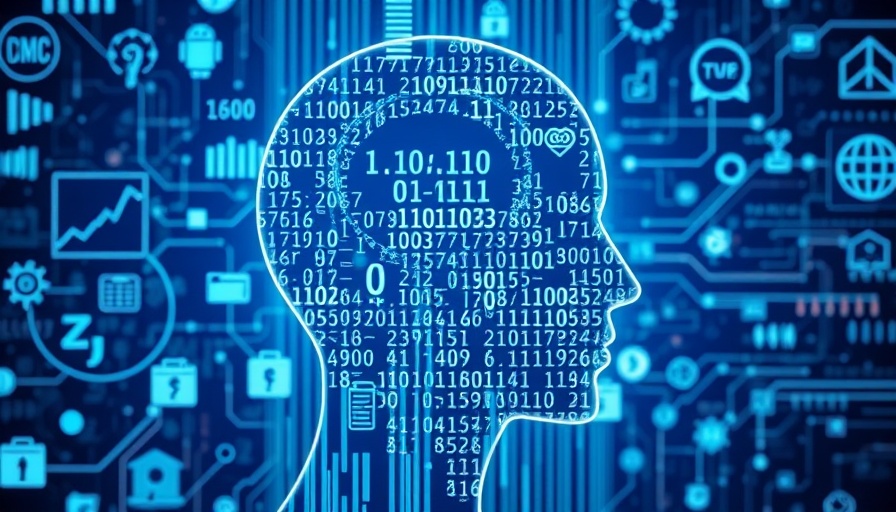
A Human-Centric Approach to AI: Key Insights from Jacinda Ardern
At the Zendesk Relate 2025 conference, former New Zealand Prime Minister Jacinda Ardern emphasized the need to shift our perspective on artificial intelligence (AI) away from fear and toward opportunity. Ardern understands AI as a tool for transformation rather than a threat to employment, advocating for a human-centric approach to its integration within the workforce.
Reframing the Dialogue: Fear vs. Opportunity
Ardern acknowledged the widespread trepidation surrounding AI, notably the concern that it will displace jobs, especially in roles characterized by repetitive tasks. However, she underscores that these fears often arise from prior experiences where technological advancements failed to consider the human impact. "You can either have excitement or enthusiasm for the opportunity that lies ahead," Ardern stated, highlighting the importance of fostering a culture that emphasizes the potential for growth and adaptation.
AI: A Catalyst for Job Redefinition
The former Prime Minister cautioned against a narrative that frames AI solely as an adversary to human labor. Instead, she asserted that while job roles may evolve dramatically, human value in the workplace remains unchanged. Ardern’s assertion reflects a broader recognition within business communities that companies should focus on redefining jobs rather than eliminating them.
Government’s Role in Supporting Transition
Ardern pointed to exemplary initiatives in New Zealand, such as state-level income insurance and lifelong learning programs, as models for how governments can address the challenges posed by AI. By providing essential support, governments can alleviate fears and foster a smooth transition for workers facing a shifting job landscape. The emphasis is on preparing and empowering individuals to adapt to new conditions rather than ensuring a battle between machines and human workers.
The Importance of Continuous Learning
A crucial component of Ardern’s message is the necessity for a cultural shift toward continuous learning. Adapting to the rapid changes brought about by AI requires that not only companies and governments play their parts but also that employees actively engage in upskilling and reskilling. Empowering workers with the right tools and education will enable them to thrive in a technologically advanced workplace.
Next Steps: Building an AI-Ready Workforce
As leaders in tech-driven and marketing-centric industries, it is essential to encourage your own teams to embrace learning and evolution. Companies must prioritize creating an environment where learning is continuous, integrating AI as a partner in enhancing productivity rather than a competitor. By adopting proactive measures toward training and education, organizations can ensure that their workforce remains competitive in an AI-dominated future.
Final Thoughts: A Collective Responsibility
To thrive in an AI-enhanced work environment, it’s not enough to simply acknowledge the changes on the horizon. A collective responsibility exists among governments, corporations, and individuals to facilitate this transition through transparency and support. As Jacinda Ardern aptly noted, the journey toward integration should be viewed not with fear but with enthusiasm for the opportunities that AI can reshape for all of us.
 Add Row
Add Row  Add
Add 




 Add Row
Add Row  Add
Add 

Write A Comment